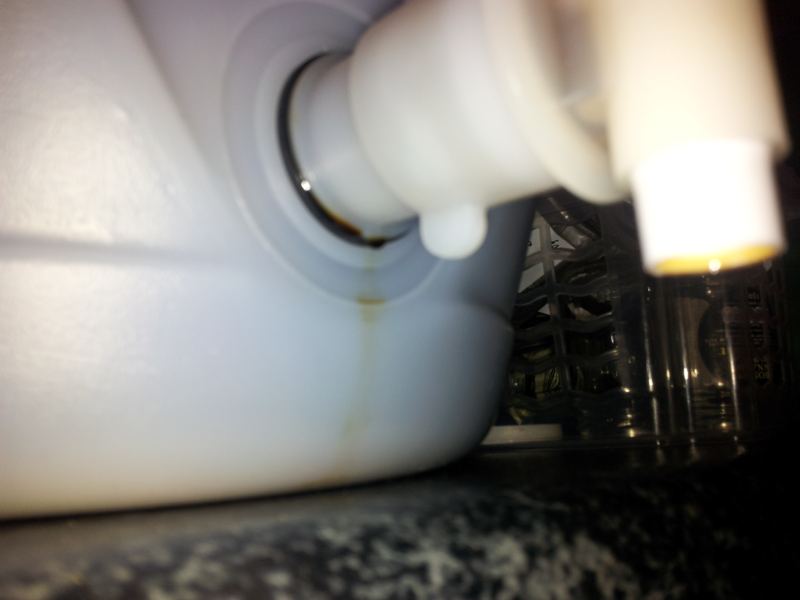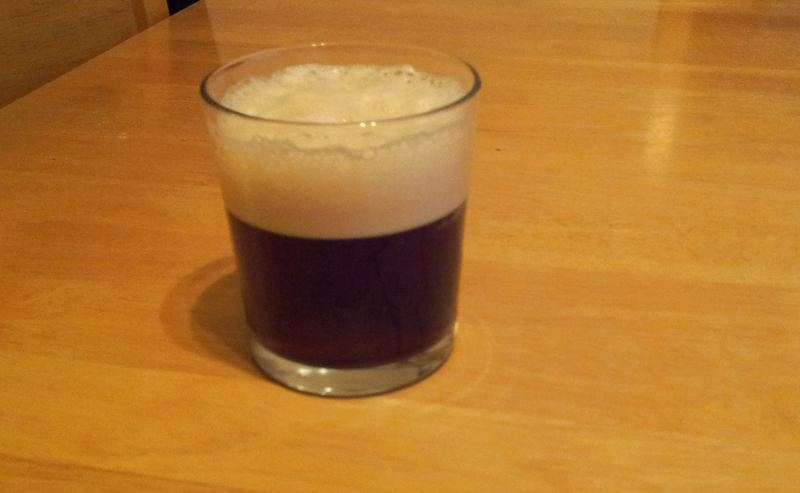In your situation, and with an IPA, I'd say yes. That's the simple answer. Primary fermentation will generate a fair bit of heat, so if you're using the ambient temp of your storage space, I'd go with the cool end of the range.
The real answer is that it depends. Fermentation temps effect the flavor of the beer. Different yeasts respond to different temps in different ways. Typically for ales, the lower the temp, the less flavor is added by the yeast. Higher temps typical add more yeast-based flavors. These can come off as fruity, spicy, estery, depending on the yeast. For example, a lot of Belgians are fermented at higher temps, which brings out that banana flavor of the Belgian yeasts.
I find it's safer as a beginner to ferment cool. It'll give you a more neutral contribution from the yeast. Once you're more familiar with what your malt and hop contributions are, then it can be fun to play with fermentation temps.
That's my opinion, for what it's worth. It also depends on what style you prefer. If you want really banana-heavy Belgians

and have a warm spot to ferment, you're all set!
Excellent, thanks for the detailed advice.
I have the instructions, it says minimum 63F (converted from 17C). Are you saying that it's typically best to stay at the lower range of the given temperature range?






















![Craft A Brew - Safale BE-256 Yeast - Fermentis - Belgian Ale Dry Yeast - For Belgian & Strong Ales - Ingredients for Home Brewing - Beer Making Supplies - [3 Pack]](https://m.media-amazon.com/images/I/51bcKEwQmWL._SL500_.jpg)




































 and have a warm spot to ferment, you're all set!
and have a warm spot to ferment, you're all set!
